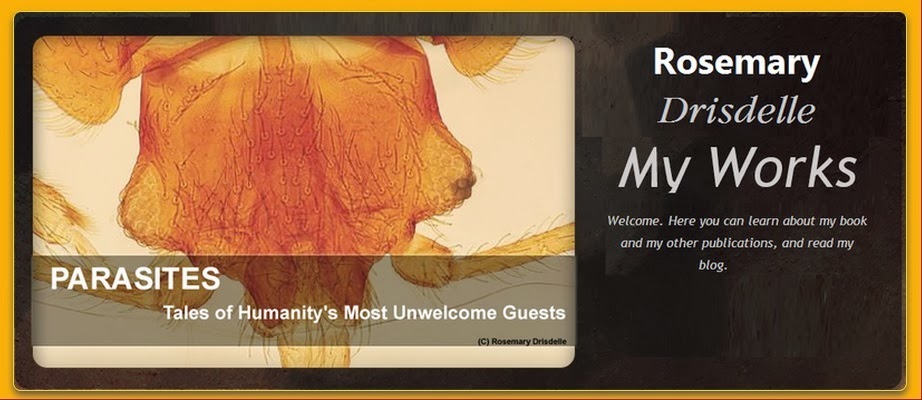[caption id="attachment_118" align="alignleft" width="300" caption="Image by Avsa. Numbers represent thousands of years BP. Creative Commons Attribution-Share Alike 3.0 Unported license."]
 [/caption]
[/caption]Both humans and Necator americanus are thought to have evolved in Africa and moved out to spread throughout the rest of the world later. Migrating humans would have taken N. americanus with them – an intestinal worm that had coevolved with them after early hominids split from a primate ancestor.
Most references name Asia and Southeast Asia as the original home of Ancylostoma duodenale, and either canids or primates as its original host. If this is correct, humans encountered it only after arriving in that part of the world. Ancylostoma duodenale, then, jumped from another host rather than coevolving, making this hookworm a souvenir, albeit a very early one, rather than an heirloom.
Does this explain why hookworm disease can be more severe when caused by A. duodenale? Though it’s been with us a long time, perhaps we haven’t achieved a comfortable relationship with this souvenir compared with our old friend Necator.

[...] Origins of our hookworms – who's an heirloom? « Rosemary Drisdelle … [...]
ReplyDeletegreat post, thanks for sharing
ReplyDelete